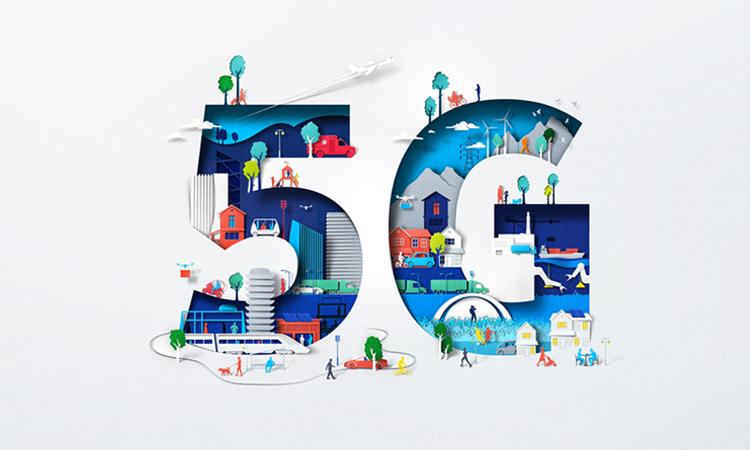Study: 5G to transform global economy
June 2, 2023

According to a report by technology intelligence firm ABI Research, 5G connectivity will contribute $508 billion (€472bn) to global GDP by 2030. As 5G enables automation and digitisation, even in highly critical use cases, this GDP surge will be driven by voice and connected worker use cases in industrial environments. Deployments within manufacturing are expected to account for almost a third of global GDP contributions, followed by energy generation, including mining and oil and gas, transportation, healthcare, and agriculture.
“These numbers underscore the vast size of the opportunity and the transformative potential that 5G connectivity can have on global economic productivity – be it through the public macro-network, a dedicated network slice, or a private cellular network,” says Leo Gergs, Principal Analyst, Enterprise Cellular Connectivity and 5G Markets at ABI Research.
Recent geopolitical events have put enterprises across the globe in a difficult position as they strive for increased automation, efficiency enhancements, and quality improvements to ensure their profitability. While the Covid pandemic – and subsequent social distancing and “lockdown” measures – seem long gone, enterprises that were forced to close are still feeling the aftermath today. “The very same enterprises that were forced to reduce their labour force – either through layoffs or short-time working arrangements. 5G-enabled automation will help reduce the demand for manual labour,” Gergs explains. “Also, soaring production costs have put a price tag on energy efficiency and sustainability considerations. Consequentially, enterprises are desperately looking to invest into increasing their efficiency and improving the quality of their goods or services.”
5G is perfectly capable of delivering on the key requirements. According to ABI Research calculations, a single factory, for example, can reduce its consumption by several thousands of kilowatt hours per year and save several hundred dollars by avoiding cable drops. At the same time, mines or oil/gas fields can increase their output by tens of thousands of dollars per year by avoiding production standstills by minimising critical emergencies through condition-based monitoring. Gergs point out, “It is remarkable, in this context, that the telco industry so far is fighting a hard battle to bring cellular connectivity technology to enterprises.”
For 5G to unfold its full transformative potential, technology providers must understand that enterprises are interested in solutions, not technologies. “At the heart of this, providers should accept that the enterprise domain requires a completely different value proposition, i.e., focusing on applications, services, and business outcomes rather than fancy technology jargon, that tends to go above the head of enterprise owners,” Gergs says. “What counts for enterprises, especially during economic hardship, is a convincing argument that includes Return on Investment (ROI) calculations, enterprise applications, and comparison scenarios to other wireless connectivity technologies. After all, Wi-Fi will not magically cease, and enterprises will not rip out all their existing connectivity to deploy 5G,” Gergs concludes.
